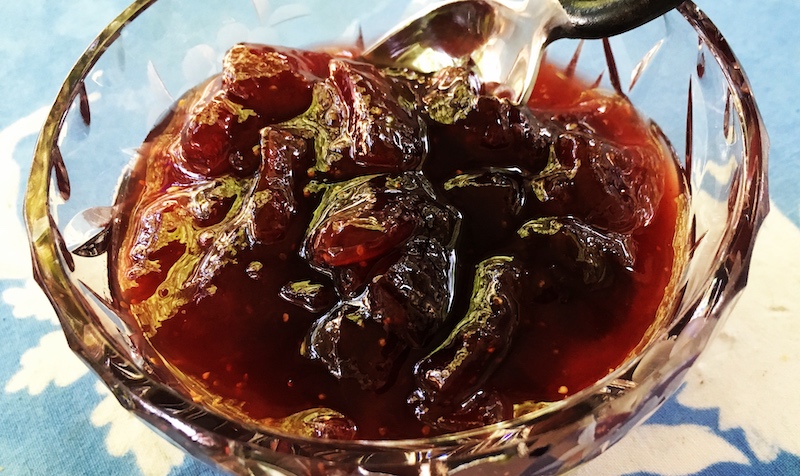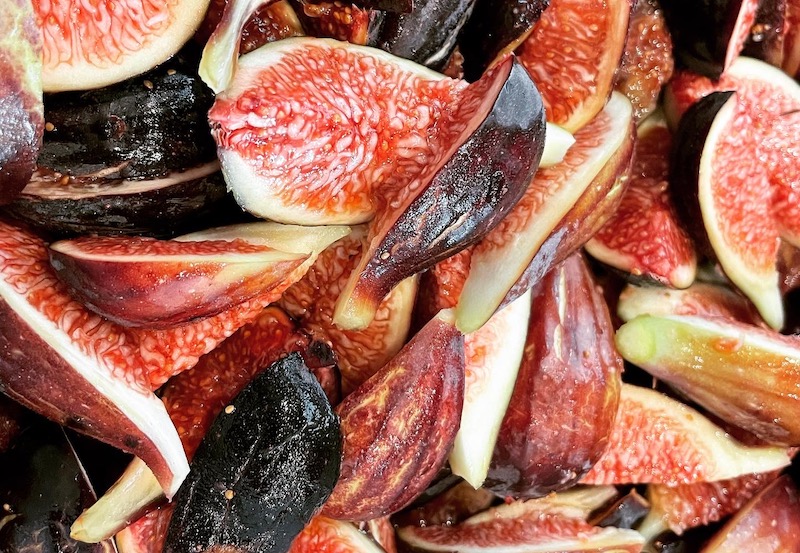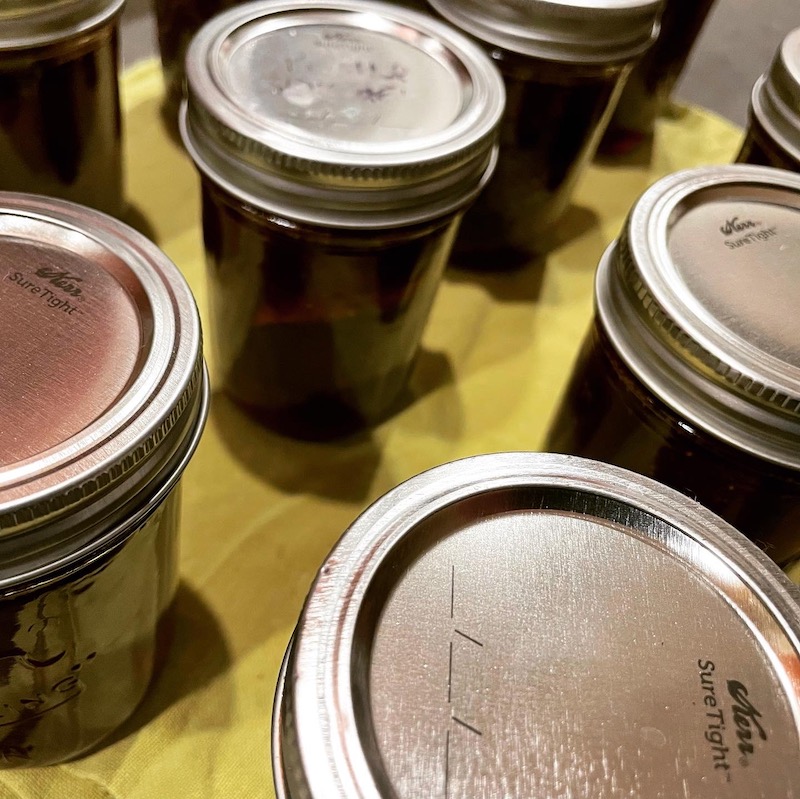
An Inconvenient Concurrence of Events: Ginger Pear Jam to the Rescue!
An extreme heat warning was in effect for the Portland area, but I had five pounds of Bartlett pears from a generous neighbor's tree that were rapidly ripening on my counter and about half of them were ready to tip over into that over-ripe, past-their-peak stage.
Normally I'd try to entice Dave into firing up his Oonie Karu and making one of his fabulous wood oven galettes, but he was knee-deep in smoking 14 pounds of bacon and really didn't look like he wanted to take on another project. Doing some research, it looked like I could get a small batch of jam made in about 20 minutes on the stove, which probably wouldn't overpower our ancient window AC unit that was doing its darnedest to keep up with the broiling temperatures outside.
I ran across a recipe for pear and ginger preserves on Serious Eats that would fit the bill with the ingredients I had on hand, though their recipe called for crystallized ginger that we can't keep in stock because of some snack hounds around here (ahem) who eat it like candy. So I upped the amount of grated ginger to account for that, and increased the quantity of lemon juice to give it just a little more spark—pear jam can be a bit "bleh" left on its own—and also mashed it for a smoother texture. In 20 minutes I had four beautiful jars of preserves and the house was barely warmer than when I started.
Whew!
Lemony Ginger Pear Jam
2 1/2 lbs. pears, peeled, cored and diced
1 1/3 c. cane sugar
1/3 c. brown sugar
3 Tbsp. freshly squeezed lemon juice
1/2 tsp. zest
2 Tbsp. fresh ginger, grated with a microplane (about 3" knob)
Place pears, white sugar, brown sugar, lemon juice, lemon zest and grated ginger in a medium saucepan. Bring to a boil over medium-high heat. Reduce heat to medium and continue to cook, stirring occasionally, until thickened and sauce has gelled, 20 to 30 minutes. If you'd prefer a smoother texture, at this point simply mash the cooked fruit with a potato masher. Remove from heat.
Ladle jam into clean jars, placing lids on jars after wiping any residue from the rim and outsides of the jars. Allow to cool on the counter, then move them to the refrigerator or freezer. If you want the jam to be shelf-stable, after ladling the fruit into the jars and cleaning the rims, place canning lids and rings on them and follow directions for water-bath canning.
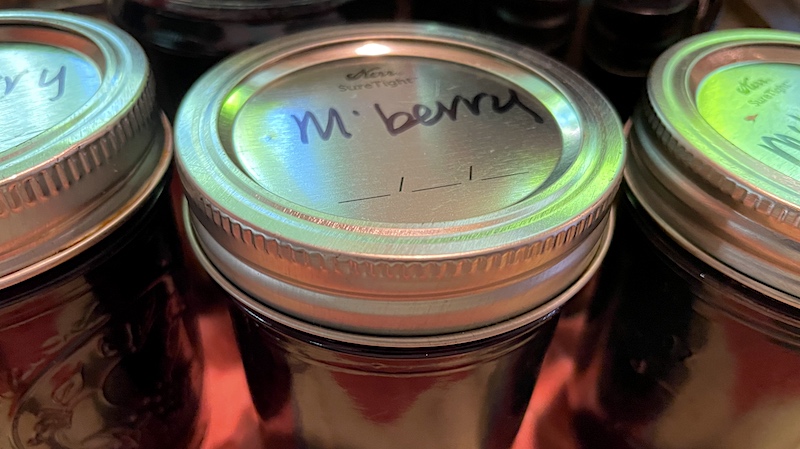
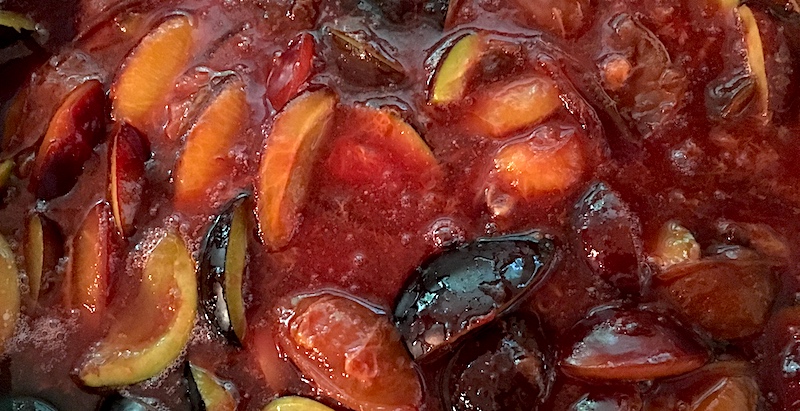
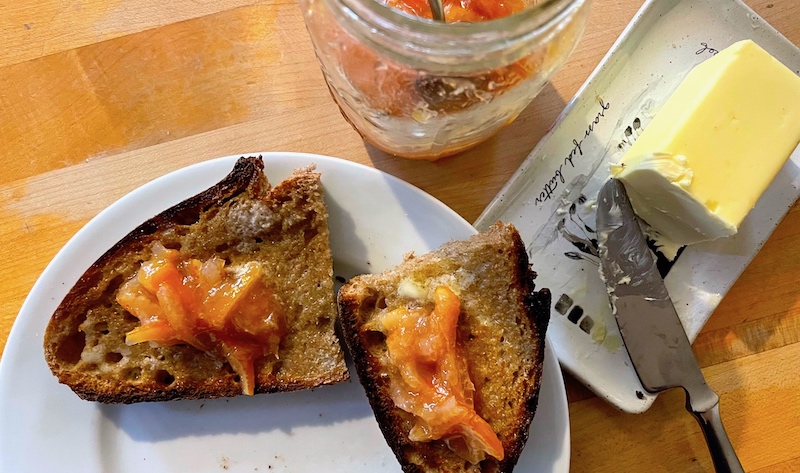
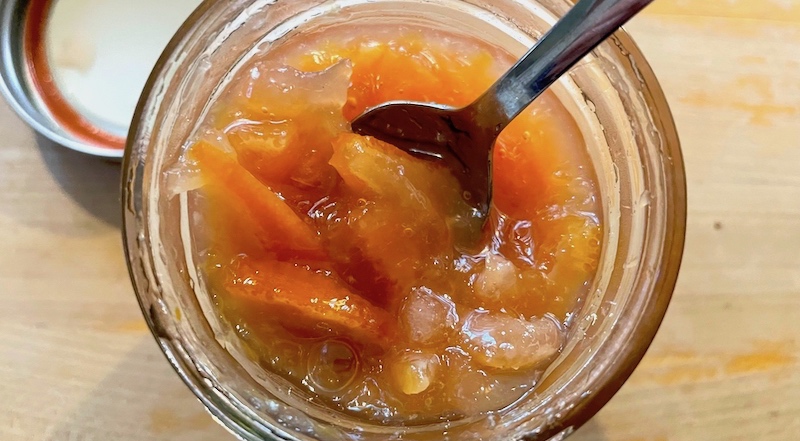 For me, the dark days in the depths of winter are brightened by their brilliant colors and sparkling flavor. I make a point of throwing together a batch of preserved Meyer lemons that will punch up everything from roasted vegetables to stews, salads and grain dishes. The last couple of years Dave has concocted a masterful citrus marmalade, combining a couple of recipes from the New York Times along with his own brushstrokes of genius.
For me, the dark days in the depths of winter are brightened by their brilliant colors and sparkling flavor. I make a point of throwing together a batch of preserved Meyer lemons that will punch up everything from roasted vegetables to stews, salads and grain dishes. The last couple of years Dave has concocted a masterful citrus marmalade, combining a couple of recipes from the New York Times along with his own brushstrokes of genius.